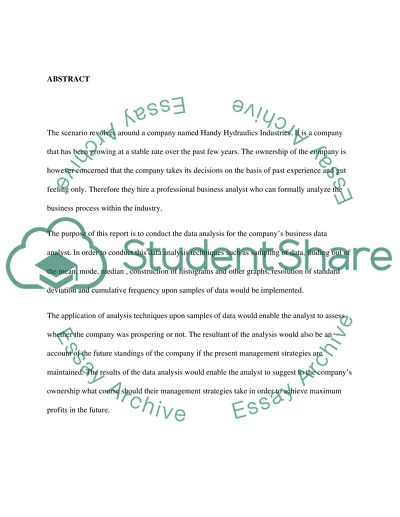Cite this document
(“Business Data Analysis Essay Example | Topics and Well Written Essays - 3000 words - 2”, n.d.)
Retrieved from https://studentshare.org/environmental-studies/1421950-business-data-analysis
Retrieved from https://studentshare.org/environmental-studies/1421950-business-data-analysis
(Business Data Analysis Essay Example | Topics and Well Written Essays - 3000 Words - 2)
https://studentshare.org/environmental-studies/1421950-business-data-analysis.
https://studentshare.org/environmental-studies/1421950-business-data-analysis.
“Business Data Analysis Essay Example | Topics and Well Written Essays - 3000 Words - 2”, n.d. https://studentshare.org/environmental-studies/1421950-business-data-analysis.


